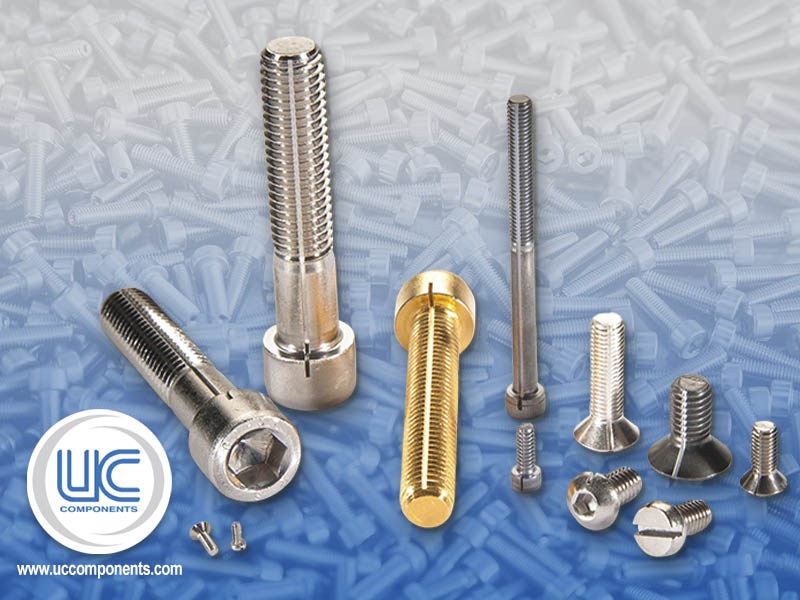Recycling and reusing items is something we all strive to do but can you reuse a screw? Typically you can if the screw has never exceeded its yield point. The yield point is the point where the screw will not return to its original length or shape when the load is removed from it. Instead the screw is permanently altered and should not be reused. Keep in mind that the amount of stretching, or yield, may be as little as 0.001 of an inch. Therefore, in most cases there is almost no way to know whether or not the fastener has yielded.
If you have determined that the screw can be reused it is also important to consider the application for the used screw. If the application is critical, screws should never be reused. What constitutes a “critical” application is typically up to the user, however.
There are quite a few factors that contribute to the reusability of a screw, such as:
- Tension
- Shear
- Heat
- Vibration
- Physical changes to the material
- Wear and tear
- And more
A screw in use will encounter quite a few different external loads including, but not limited to, those listed above. These loads will either add to or subtract from the initial load. If no one knows for certain what forces were applied to the fastener initially, it is a good idea to use a new fastener. If the screw shows any signs of corrosion or has been in an environment that is caustic, acidic, basic, or generally corrosive in nature, the fastener should be replaced. If the environment itself isn’t corrosive but the screw still shows signs of corrosion or rust you may be able to reuse the screw as certain metals do corrode slightly while sitting in storage.
How can you determine whether or not a screw can be reused?
This is a difficult question to answer. In extreme cases you will be able to visually detect deformations to the fastener. They may be pinched, missing threads, stripped threads, have a deformed head, etc.
If the screw appears to have no damage, the simplest way to determine if it has yielded is by screwing a nut onto the used screw. If the nut will not screw down the entire length of the screw, the screw is not safe to be reused.
However, as stated earlier the amount of yield may be so small that a nut will still screw down properly.
Ultimately, there are many factors that need to be taken into consideration to determine if a screw can be reused. Be sure that all measures have been taken to determine if it is safe to reuse a fastener before it is repurposed and installed.
Basically do not reuse a screw if:
- It has exceeded their yield point
- It has visible wear and tear from external loads
- It will be used in a critical application
Even the smallest component can ruin the effectiveness of a product or cause significant challenges, which in turn may determine a manufacturer’s success or failure. When in doubt, always err on the side of caution and use a new fastener.
Have questions?
UC Components, Inc. has been the world leader in high vacuum hardware since 1974. Our experts are here to help you select the right fasteners for your specific application. Contact UC Components today.



